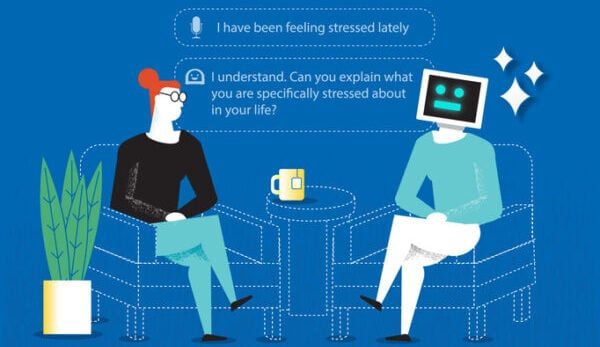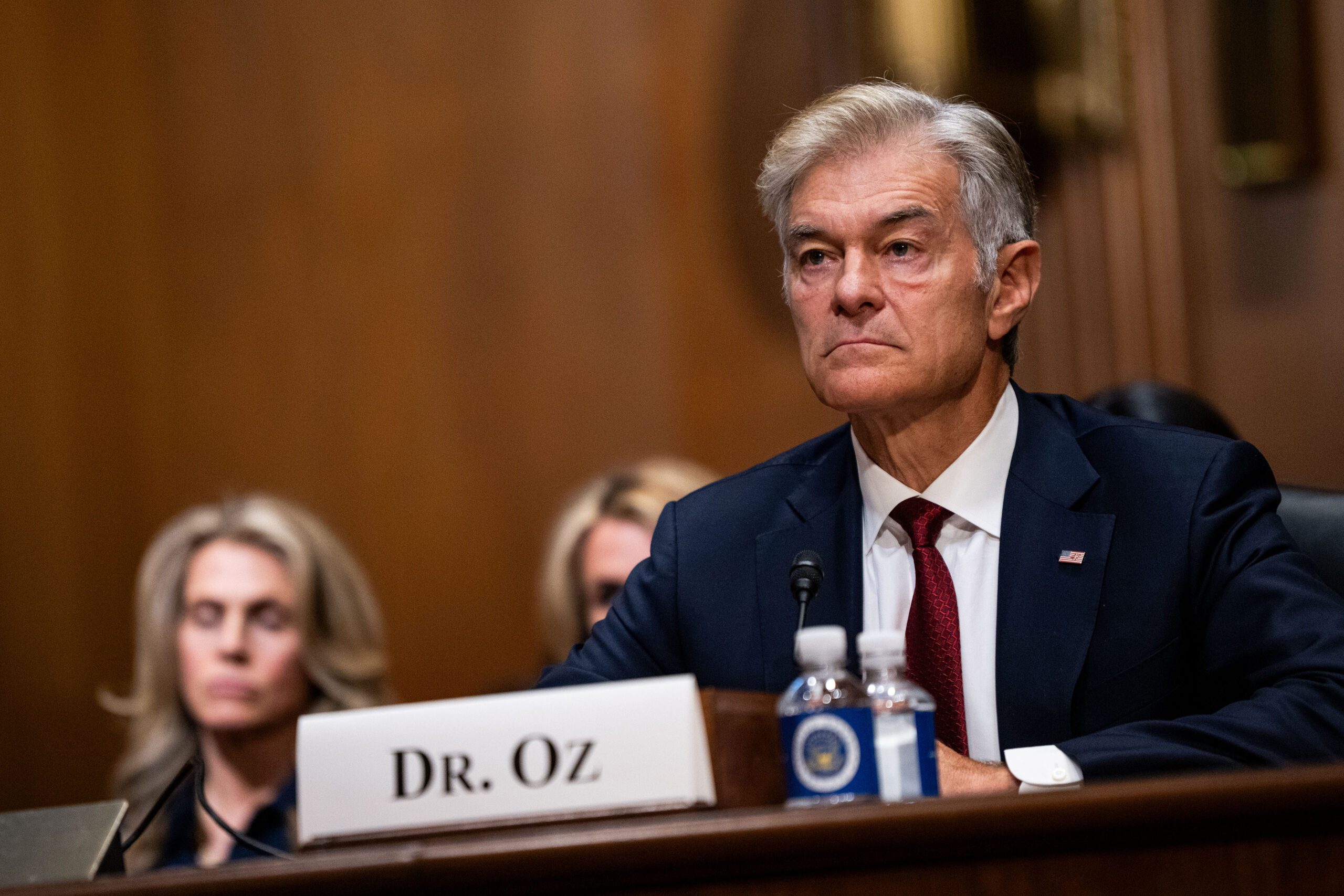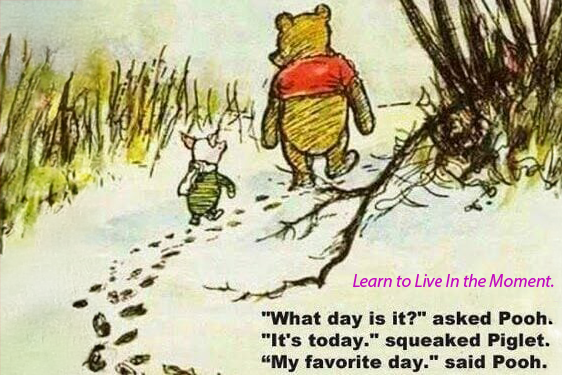November 17 marks World Vasectomy Day, and in the time since the U.S. Supreme Court decided Dobbs v. Jackson Women’s Health Organization, overturning the nationwide right to abortion, there has been an interesting uptick in men seeking out reproductive health care, specifically vasectomies.
Multiple reports have theorized that “Dobbs triggered a vasectomy revolution” and urologists in the US have been discussing a developing pattern of more men having vasectomies, and at a younger age. The Economist recently featured insurance data showing the same trend and a peer-reviewed study of vasectomies in a hospital system reiterated these findings, leading the researchers to conclude that “for the first time, biological males with the potential to cause pregnancy have also been deeply affected [by the Dobbs decision] as reflected by their reproductive healthcare decisions.”
These changes in male behavior are seen as a major event in the men’s health space because, in comparison to women, men are generally not as actively engaged with their reproductive health care. Research shows that men of all ages, ethnicities, and backgrounds are, on average, less likely than women to seek physical or mental healthcare and even feel a sense of shame around seeking health services for themselves.
Men’s lack of awareness, concern, and participation in their health can negatively impact themselves and their families by proxy. When a female partner takes on the bulk of the responsibility of family planning, it reinforces the inequitable contraceptive burden placed on women and continues the stifling of men’s engagement in their own reproductive health.
The data seems to be clear: getting men more involved in their reproductive health care only stands to help men, women, and families in the long term – and men are currently taking a momentous interest in their reproductive health. So how can we continue promoting this interest to keep the momentum going?
As a social scientist, I would start by normalizing conversations around men’s reproductive health. Studies show that cultural norms dictate men’s involvement in their reproductive health care. I’ve previously called on the NFL to dedicate airtime to promoting men’s health to its massive audience. Today I’d argue: let’s not stop there. Let’s call on the MLB, NBA, Formula 1, and NASCAR to focus a small bit of their time and attention on men’s health (and men’s reproductive health beyond just erectile dysfunction commercials). The NCAA can adopt a ready-made March Madness vasectomy awareness campaign and big brands may be keen to join in on the opportunity these conversations bring.
When we think of the individual influences on men’s lives, men’s partners are probably the most important player of all. Indeed, partners are the reason why many men seek out health care. Even as a public health researcher who understands the hurdles to men seeking health care, my wife can be an important voice that sparks my picking up the phone to actually make a doctor’s appointment.
I’m not alone, as research bears out: for reproductive health, communication between couples feeds continued conversations – which can follow with a mutual understanding and agreement about shared decision-making and action. These conversations can also help men develop the skills needed to better engage with the health system, build confidence about the contraceptive options available to them and their limitations, and work through the discomfort of talking about sex, pregnancy, and contraception.
In our current political landscape, conversations are happening every day about female contraceptive options and access to them. Recently, Opill, an over-the-counter female pill, was granted FDA approval and will be the first birth control pill available in the U.S. without a prescription. I believe we would also benefit from engaging in conversations about advancements and breakthroughs in novel male options for contraception as well.
Research shows that men are showing interest in these novel forms of male birth control — and this might be the perfect time to push for fresh conversations around them with men. Some of these new forms of male contraception offer daily hormonal solutions, such as Nestorone® and a male daily pill, while others are pursuing long-acting, nonhormonal, and even reversible solutions, like Plan A . These novel options help to finally fill the gap between condoms and the snip for men – and could help push men through the current barriers keeping them from weighing male options within their own lifestyle and family plan.
. These novel options help to finally fill the gap between condoms and the snip for men – and could help push men through the current barriers keeping them from weighing male options within their own lifestyle and family plan.
I believe now is a perfect time for the cultural influencers, men’s partners and families, and the research and scientific communities to work to keep the focus on men’s family planning and reproductive health.
Disclosure: Dr. Shattuck is faculty at the Johns Hopkins Bloomberg School of Public Health, researcher within the Center for Communications Program at the school, and member of the advisory board at NEXT Life Sciences, Inc. which is a medical device company working on reversible male contraceptive interventions.
—
iStock image
The post This World Vasectomy Day, Let’s Look to Vasectomies and Beyond appeared first on The Good Men Project.
Original Article










